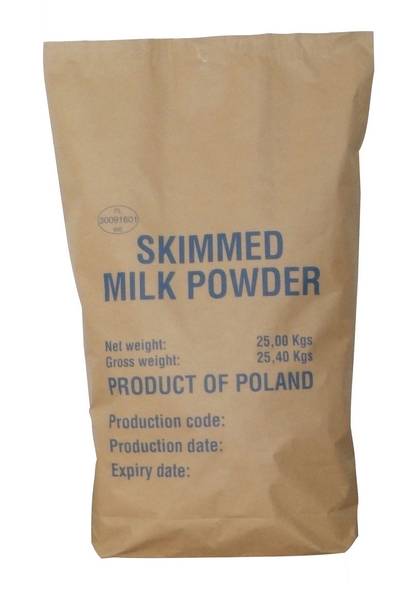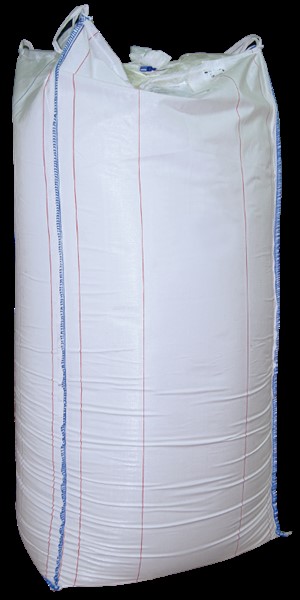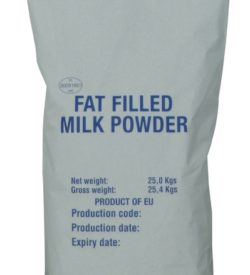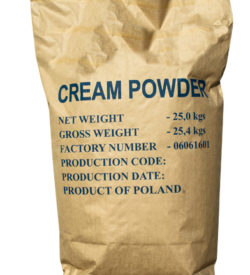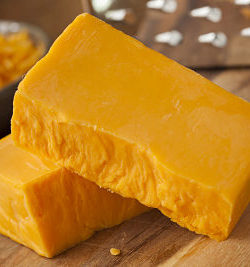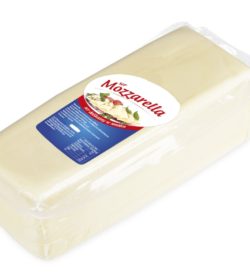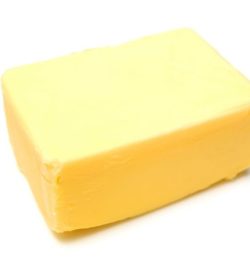Skimmed Milk Powder (SMP)
Description
Skimmed Milk Powder (SMP) is a dairy product made by evaporating pasteurized skimmed cow’s milk. It contains lactose, milk proteins and minerals in the same relative proportions as the fresh milk from which it was made. Skim milk powder is by far the most common type of milk powder available.
Skim Milk Powder is classified for use as an ingredient according to the heat treatment used in the manufactureiing process: high-heat (least soluble), medium-heat and low-heat (most soluble). Spray-dried Skim Milk Powder is available in two forms: ordinary or non-agglomerated (non-instant) and agglomerated (instant).
Typical Composition of Skimmed Milk Powder (SMP)
Proteins: 34-37%, Fat: 0.6-1.25%, Ash: 8.2-8.6%, Lactose: 49.5-52.0%, Moisture: 3-4%. It should be free from bacteria of the genus Salmonella. One gram of powder must not contain more than 50,000 mesophilic bacteria, 10 coliforms and 100 Staphylococcus aureus.
Application
Dried Skim Milk is used widely as a food ingredient, mostly in dairy, prepared dry mixes, confectionery and bakery. SMP can be reconstituted by adding water to obtain liquid milk, recombined by adding water and fat in such a quantity to achieve the desired fat content, or simply used as an ingredient. Its high nutritional quality combined with its versatile and multi-functional properties make it attractive for many applications such as the following: confections, sports and nutrition food, infant formulas, bakery products, dry mixes, fermented milk products, ice cream, frozen dairy desserts, cheese analogs (processed cheese), meat products, coffee whiteners, frostings, puddings, animal feed, and many more.
Certification
HACCP, HALAL, ISO
Packaging
25kg multilayer Kraft paper bags and 500-1,000 kg Big Bags. Private label and custom packaging are available upon request.
Shelf Life
12-24 months from the date of production
Storage
Cream Powder should be stored and shipped in a cool, dry environment with temperatures below 25°C and relative humidity below 75%.
Additional information
| Organoleptic Characteristics | Color: Pale Cream |
|---|---|
| Physico-Chemical Characteristics | Moisture: max. 4,0% |
| Microbiological Characteristics | Standard Plate Count: max. 10 000 CFU/g |
| Allergen Declaration | with reference to Directive 2000/13/WE |
| GMO Declaration | With reference to the following legal acts: 1. Act on 22 June 2001 about genetically modified organisms, Corpus Nr 76 item 811 with later changes 2. European Parliament Directive and Council of Europe 2001/18/EC on 12 March 2001 annulling Council 3. European Parliament Regulation and Council Nr 1829/2003 on 15 July 2003 about genetically modified food and feed. 4. European Parliament Regulation and Council Nr 1830/2003 on 22 September 2003 about identification and labeling genetically modified organisms and identification of food and feed products manufactured from genetically modified organisms, changing Directive 2001/18/WE |
